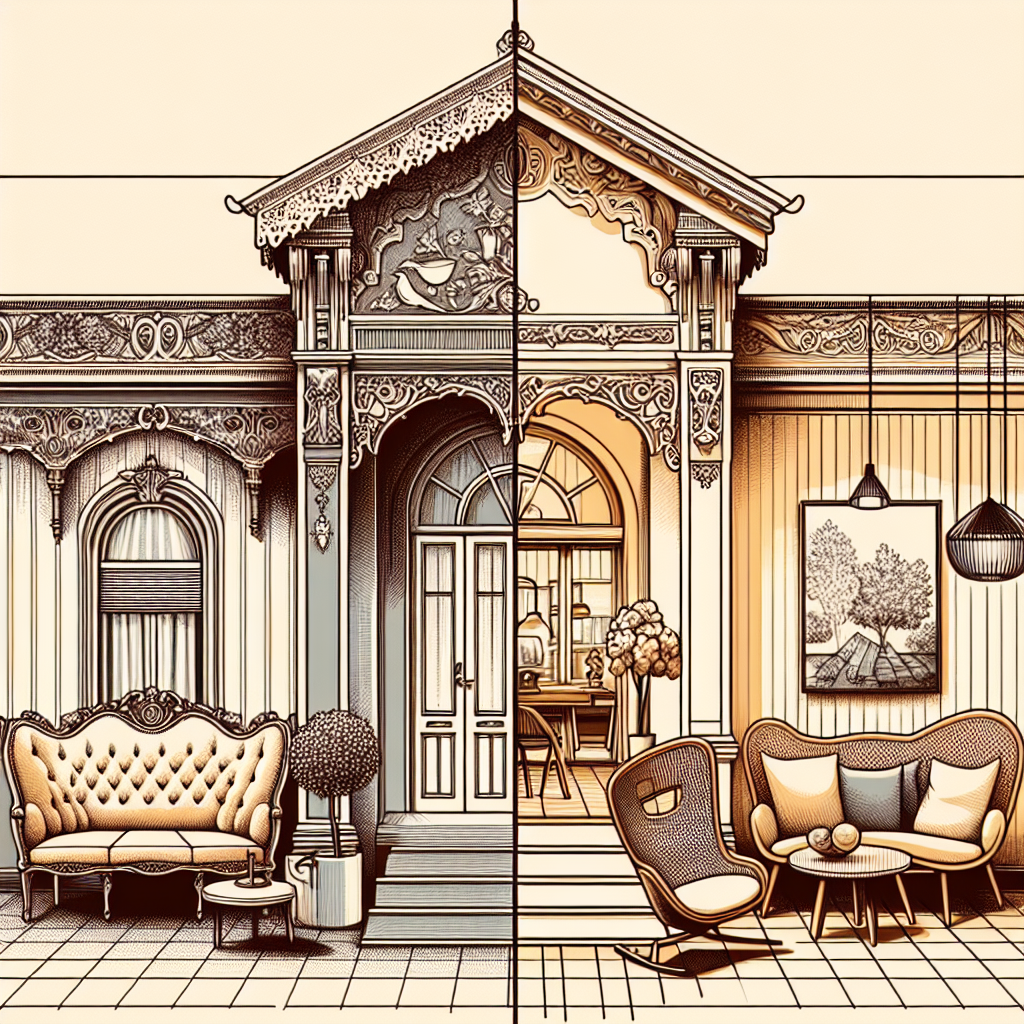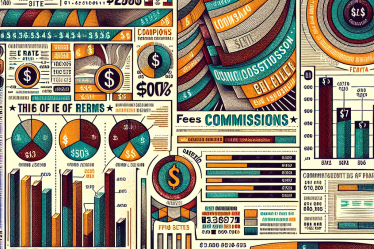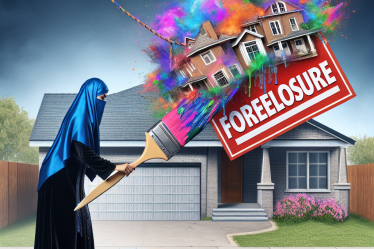
Embarking on a house hunt means diving into a sea of listings and stepping through a mosaic of property styles — from gleaming new builds fresh off the blueprint to storied residences that have gracefully aged through the decades. Each type offers its own allure. If you’re caught in the crossfire of deciding between a vintage charm and modern sleekness, here’s a deep dive into what distinguishes aged abodes from freshly minted ones.
Old vs. New Dwellings: What Sets Them Apart?
Though certain housing fundamentals stand the test of time, evolving trends sculpt home construction across eras. The age of a residence often dictates its hallmark traits, building craftsmanship, and aesthetic choices — all of which paint a vivid contrast between the bygone and present.
Historic Residences: A Walk Through Time
Homes with history under their belts tend to echo bygone design philosophies, shaped not only by past technological strides but also by the shifting whims of style through generations.
Conversely, contemporary houses usually parlay current fads in materials and shapes — for example, you might spot sleek metallic roofing or organic, flowing architectural lines. Since the pandemic elevated the worth of outdoor retreats, many newer homes flaunt enhanced access to open-air living.
Added hallmarks often include smart gadgets embedded into the fabric of daily life, zoned climate control, and living spaces curated around entertainment consoles rather than the traditional fireplace hearth.
Mid-Point Insight: Housing by the Numbers
According to recent statistics, approximately 65% of homeowners in the U.S. reside in homes built after 1980, while roughly 20% live in properties older than 50 years. Moreover, houses constructed in the last decade typically incorporate energy-saving features, reducing utility bills by up to 30% compared to older counterparts.
Pros & Cons of Settling into an Older Home
Advantages
- Prime Positioning: Most vintage homes sit snugly near city cores or charming neighborhoods, often within walking distance of cafes, parks, and shops — a convenience newer builds sometimes lack.
- Character & Quirks: Architectural idiosyncrasies and artisanal touches imbue older homes with soul, standing in stark relief to the often utilitarian feel of contemporary “cookie-cutter” builds.
- Investment Potential: A residence steeped in history or nestled within a heritage district might command a premium, defying the price tags of some new developments.
- Instant Availability: Unlike new constructions potentially bogged down by supply hiccups or permit delays, older homes are usually ready for immediate occupancy.
Drawbacks
- Infrastructure Gaps: Out-of-date electrical wiring, antiquated heating systems, and fewer power sockets can be commonplace, alongside the possibility that the house falls short of current building codes — upgrades which can dig deep into your wallet.
- Maintenance Burdens: As Realtor Brooks Conkle from Mobile, Alabama warns, “Repairs can balloon fast in older properties. It’s vital to get a thorough inspection and truly grasp the home’s condition. Newer homes tend to be less of a headache and more energy conscious.”
- Size Challenges: Period-specific layouts may not accommodate modern furniture or appliances; cramped living rooms might struggle to fit a generous sofa, and vintage kitchens may demand oddly sized refrigerators.
The Upside and Downside of New-Build Homes
Pros
- Eco-Friendly Features: Freshly built structures often embrace energy-conserving systems, slashing heating and cooling expenses.
- Tech-Savvy Conveniences: Modern dwellings usually come pre-equipped with bells and whistles like central air conditioning and integrated dishwashers, eliminating the need for expensive retrofits.
- Tailored Touches: Buying new often means snagging the chance to tweak floor plans, finishes, and fittings to your heart’s content — a rarity with older properties.
- Built-In Warranty Perks: Most new homes come bundled with warranties that cover defects for a limited time, though they may come with strings attached, including extra costs and usage restrictions.
- Fierce Market Rivalry: Snapping up a pristine, move-in-ready house in a hot neighborhood can mean navigating competitive bidding wars and eye-watering asking prices.
Frequently Pondered Questions
How old should the house I buy be?
There’s no magical “ideal age” for a home. While many treasure the feeling that older homes are sturdier or built with more care — the classic “they don’t build ‘em like they used to” ethos — construction quality varies widely regardless of when a house was erected. Whether embracing a modern gem or a well-aged relic, a meticulous home inspection is crucial to uncover hidden pitfalls.
What are the signature contrasts between old and new homes?
Broadly speaking, modern properties reflect the latest advances in materials, technology, and comply with up-to-the-minute safety standards. Older homes might require updating to align with today’s codes and often embody a design language that some find rich with personality, while others prefer the clean lines and convenience of contemporary architecture.
Do older or newer houses cost more?
Price tags dance to the tune of more than just age. Brand-new homes generally carry a heftier upfront cost thanks to their modern builds and specs. However, fully renovated vintage homes can rival or surpass new constructions in price, while neglected older houses may carry hidden expenses in upkeep, energy use, and utilities that chip away at overall affordability.


